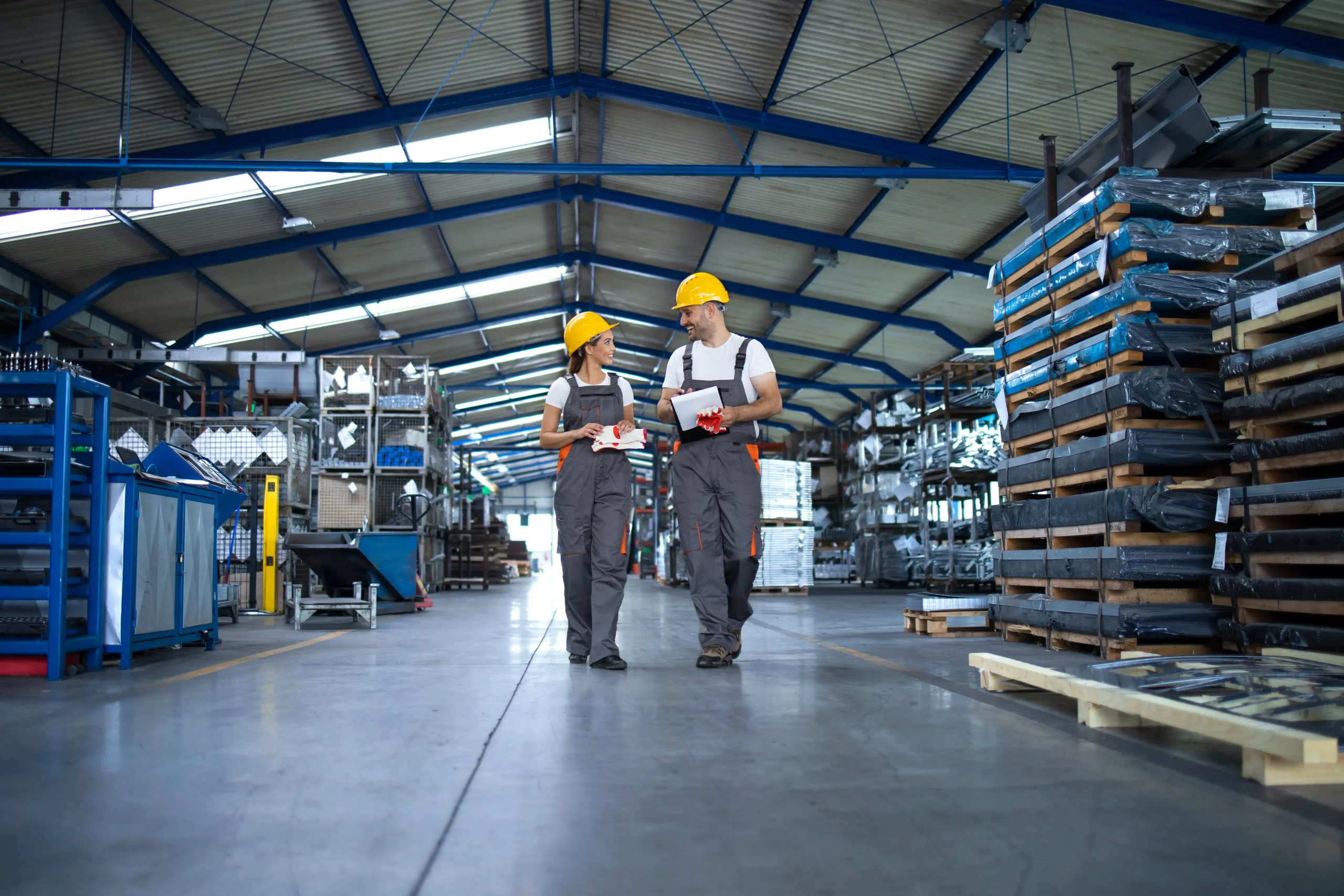Discover how preventive multi-technical maintenance can enhance your company’s operational efficiency, safety, and compliance !
The 6 reasons why your company should invest in preventive multi-technical maintenance.
Companies are constantly searching for ways to optimize their efficiency, enhance employee safety, and reduce costs to remain competitive. Preventive multi-technical maintenance, a proactive and comprehensive approach to equipment and facility maintenance, offers a compelling solution to address these imperatives.
What is multi-technical preventive maintenance ?
Multi-technical preventive maintenance is a systematic approach to the upkeep and inspection of a company’s equipment and facilities, encompassing various technical and specialized fields. Its aim is to prevent breakdowns, malfunctions, and performance issues by identifying and resolving potential problems before they escalate into major issues. This proactive maintenance method, among other benefits, optimizes equipment performance, extends their lifespan, and reduces long-term maintenance costs.
Multi-technical preventive maintenance covers various aspects of equipment upkeep, such as mechanics, electrical systems, air conditioning, plumbing, or security systems. It is carried out by specialized service providers. Therefore, it includes activities like cleaning, lubrication, adjustments, inspections, replacement of wor parts, equipment upgrades, staff training, and
regulatory compliance.
Benefits of preventive maintenance
Cost Reduction
One of the primary advantages of multi-technical preventive maintenance is significant cost reduction. Preventive maintenance programs are designed to identify potential issues before they escalate into major and costly breakdowns. By conducting regular inspections, checks, and adjustments, businesses can prevent malfunctions that might otherwise require more
extensive repairs and equipment replacements.
In detail, preventive maintenance helps detect wear and tear, component failures, and operational anomalies that could lead to breakdowns. By identifying and addressing these issues early on, companies save on costs associated with downtime and disruptions to operations. For example, repairing a faulty motor often costs much less than replacing an entirely damaged motor due to lack of maintenance.
It’s worth noting that multi-technical preventive maintenance also helps avoid indirect costs related to equipment breakdowns, such as production loss, delivery delays, customer dissatisfaction, and ultimately, an impact on the company’s reputation. By keeping equipment in good working order, businesses can ensure maximum productivity and efficiency, thereby
reducing operational costs and increasing profits.
Improved equipment reliability
Equipment reliability is crucial for ensuring operational continuity. Multi-technical preventive maintenance plays a key role in enhancing the reliability of machines and facilities, ensuring they operate optimally and without interruptions.
The intervention of a specialized provider improves equipment reliability through:
- Regular inspections to assess the general condition of equipment, detect signs of wear, and evaluate their performance. These inspections quickly identify potential problems and allow for corrective actions to be taken before they have a lasting impact on the reliability of the machines.
- Preventive maintenance activities such as lubrication, cleaning, and more to ensure the proper functioning of equipment and prevent issues related to wear, corrosion, or contamination.
- Replacement of worn-out parts; preventive maintenance programs systematically plan for the replacement of worn or deteriorated parts.
- Updates and improvements to keep equipment up to date and in compliance with industry standards.
Extension of equipment lifespan
In direct continuation of the previous point, it is evident that multi-technical preventive maintenance also extends the lifespan of equipment. Regular maintenance, early problem detection, scheduled replacement of parts, and optimization of operating parameters all contribute to increasing the lifespan of devices.
This extended lifespan naturally results in more attractive returns on investment for businesses.
Energy consumption optimization
Less commonly known, preventive maintenance also enables controlled energy consumption. By ensuring that energy systems operate efficiently, businesses can reduce their energy consumption, CO2 emissions, and overall energy costs. There are several ways to achieve this energy optimization:
- Maintenance of energy systems (air conditioning, heating, lighting, electric motors, filter cleaning, refrigerant fluid level checks, etc.). These maintenance activities ensure that the systems operate optimally and consume less energy.
- Adjustment and calibration. Preventive maintenance also includes the adjustment and calibration of equipment to ensure they operate at optimal energy efficiency levels. For example, ad using thermostats, checking the sealing of windows and doors, and calibrating temperature and humidity sensors can contribute to reducing energy consumption.
- Improvement of equipment efficiency. Here, multi-technical preventive maintenance allows for the identification and implementation of improvements that increase the energy efficiency of equipment. These improvements can include the installation of variable-speed drives on electric motors, the adoption of low-consumption LED lighting systems, or the implementation of energy management systems.
- Monitoring and Analysis of Energy Data, aiming to evaluate equipment performance and identity areas where improvements are possible.
Improved employee safety
Well-maintained equipment is equipment that doesn’t compromise the safety and well-being of employees. Regular maintenance of fire extinguishers, fire safety systems, and ventilation systems are all good practices that prevent incidents that can sometimes escalate into
serious accidents (fires, etc.).
As a result, taking a proactive approach in this area ensures that companies comply with current standards and, on the other hand, enhances workplace well-being, which is increasingly demanded (rightly so) by employees.
Regulatory compliance
By ensuring that equipment and installations are in good working condition and comply with current standards, companies avoid sanctions, penalties, and legal issues.
In this sense, preventive maintenance relies on documented tracking, which includes the nature or the interventions and the dates. Accurate and up-to-date documentation is essential to prove compliance with regulatory bodies and avoid legal problems that may arise.
In conclusion, multi-technical preventive maintenance is essential for optimizing operational efficiency, improving employee safety and well-being, reducing long-term costs, and ensuring regulatory compliance. Companies that adopt this proactive maintenance method are better prepared to meet market challenges and support their growth.
In this context, Presta International stands out as a leading provider of multi-technical preventive maintenance services. With expertise in various technical fields and a team of highly qualified professionals, Presta International is committed to providing customized and comprehensive maintenance solutions to meet the specific needs of each company.






